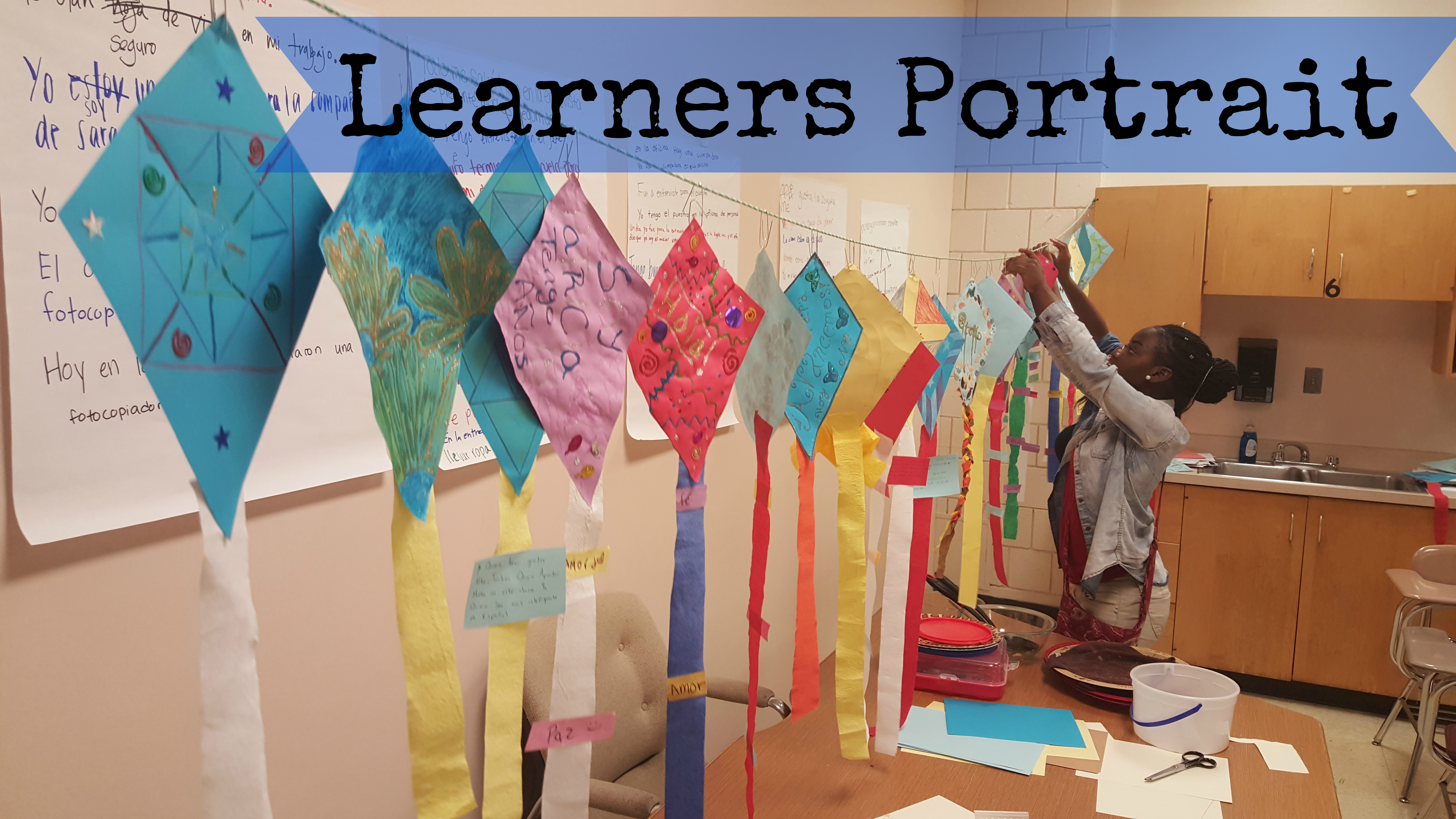Emanuel is a 15 year old sophomore of Puerto Rican descent. Emanuel is reserved and for the most part keeps to himself. He can often be seen sitting in the back of the classroom with his arms folded and leaning forward on his desk. Manny transferred into my Spanish 3 class a couple of weeks ago due to scheduling and him dropping a class. My mentor teacher was familiar with him and let me know that while he is shy he understands Spanish and is well behaved.
Over the past few weeks I have tried to form a more personal connection with my period seven students as they are a very quiet group. In an effort to lower everyone’s affective filter we walked around the school track and discussed what they had previously learned in their Spanish classes, their interests, and what they would like to learn more about in Spanish this year. Emanuel as well as the four other boys in the class mentioned an interest in video games and anime. It was very interesting to see the students become so animated outside of the confines of the classroom. While I let the students know that incorporating video games and anime into the Spanish curriculum would be almost impossible, it did get them talking and I have noticed they are less guarded around me and more willing to do class work since that conversation.
When we were assigned the student profile assignment, I had a hard time choosing a student. I was between choosing three students, all for different reasons. All three students are in different classes I will likely be taking over, and have very different profiles and IEPs. I decided not to worry about the decision and let the decision resolve itself through seeing with which student I developed a more natural rapport with. My opportunity came during cafeteria duty on Monday. I was walking around the cafeteria pushing a garbage barrel, when I noticed Emanuel sitting alone in the back of the cafeteria.
At first I approached him casually, I have noticed some students do not like to be seen talking to teachers outside of the classroom. Emanuel however seemed eager to talk and kept prolonging the conversation whenever I would start walking away. I learned a lot about Emanuel during those thirty minutes, the fact he manages a YouTube channel that has over fifty thousand subscribers, that while he understands Spanish he feels frustrated by his lack of fluency, and that he is interested in becoming a graphic designer. I also learned about his learning preferences, that he hates not knowing what is next in class, or teachers assigning work and not checking it, and especially when teachers assign “busywork” and talk mostly about themselves rather than the subject.
The following day in an act of serendipity, we were given Manny’s IEP snapshot and my choice became clear. Emanuel’s IEP is only slightly over a page long, and has not been updated for a few years. The document is however interesting, and gives some interesting ideas on accommodating Emanuel’s needs. The IEP mentions that while Emanuel tests above average in ELA and Reading, his Math scores have lagged behind, although he has managed to raise his scores to an “average” level in recent years. The greatest challenge for Manny (according to his IEP) is organization, as he often loses his homework, textbooks, and belongings. Emanuel also has very poor handwriting, and often cannot even understand his own annotations, which makes it complicated for teachers to grade his work, and for him to review his own notes and assignments.
The district has provided several accommodations and recommendations for Manny which are detailed in his IEP. Emanuel has a right to a scribe when testing in Math, he also has a AlphaSmart device which he can use to type assignments and make his work more organized and legible. The IEP also recommends seating him in the front of the class, giving him graphic organizers, and lecture notes. The document also recommends small group work, and reminding Emanuel of the resources that are available to him: The scribe and Alphasmart.
After looking at Emanuel’s IEP, as well as the other IEP’s and 504’s of the students who are in the classes I will be taking over. I have thought about the accommodations that must be made in a foreign language class for special needs students. In some ways the strategies that are already naturally used for language acquisition would be considered a form of accommodation or scaffolding: visuals, modeling, small group work, frequent clarification, simplified language and the use of organizers. That is not to say disciplines such as foreign language should not strive make any extra accommodations for these students, but I think a greater emphasis on these strategies would be beneficial not only for the special needs students, but would be a good tool to implement across all of my classes.
What I have thought about the most during these past few weeks however, is how easy it is to feel confined to a label, and how a negative impression of you can be self reinforcing. While Mexico does not track students the way that the US system does, my brother was sent to a remedial classroom due to his hyperactivity. This class label affected the way he was perceived, as well as the expectations that were placed upon him. Within a few months of being put in the program, he could sense the difference in the way he was being treated, and I can still remember him tearfully explaining to my parents why he wanted to leave the program, “it is hard to change when everyone around you has already made up their mind about you.” I would like to look at my students with IEP’s and 504’s with fresh eyes, and finding the balance of treating them as students capable of high quality work, while still providing the adequate accommodations that they need.


